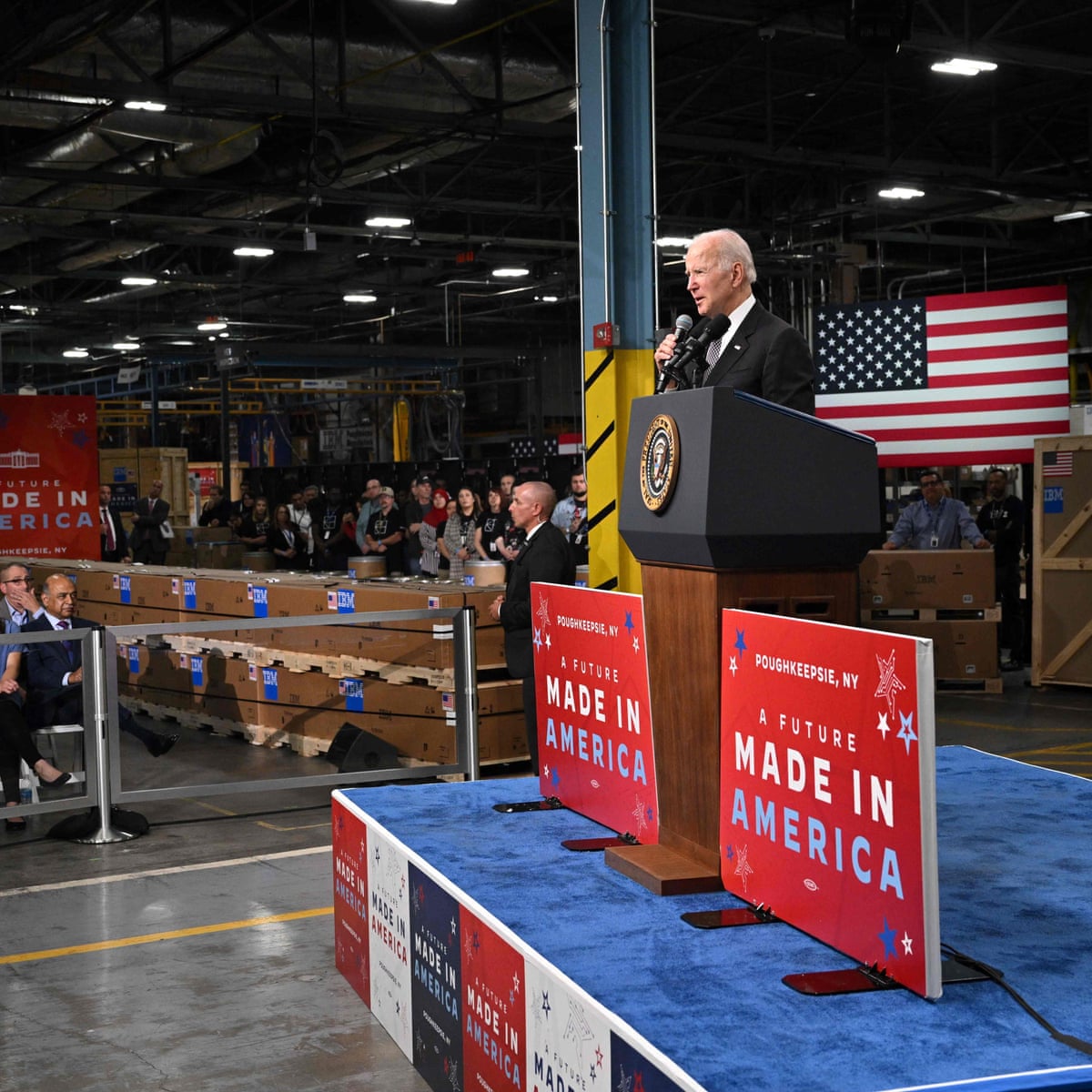In recent years, technology has become a critical frontier for national security and economic competition. The Biden administration’s tough tech trade restrictions represent a significant shift in how the United States engages with global technology markets, particularly with China. This article provides an in-depth analysis of these restrictions, their implications, and the broader context in which they are being implemented techtrader.xyz/.
Table of Contents
The Context of Biden’s Tech Trade Restrictions
The Biden administration’s approach to tech trade restrictions is deeply rooted in the ongoing geopolitical competition between the United States and China. With China emerging as a formidable global technology power, the U.S. government has sought to address concerns over national security, intellectual property theft, and strategic dominance in critical technologies. The restrictions aim to limit China’s access to advanced technologies that could enhance its military capabilities or compromise U.S. technological leadership.
Key Components of the Tech Trade Restrictions
Export Controls
One of the core elements of Biden’s tech trade restrictions involves imposing stringent export controls on advanced technologies. These controls are designed to prevent sensitive technologies from reaching Chinese companies and military entities. Technologies such as semiconductors, artificial intelligence (AI), and quantum computing are at the forefront of these restrictions. By regulating the export of these critical technologies, the U.S. government aims to maintain a technological edge and protect national security interests.
Investment Restrictions
The Biden administration has introduced measures to limit U.S. investments in Chinese tech companies. These restrictions are intended to prevent U.S. capital from supporting technologies that could have military or strategic applications. The Committee on Foreign Investment in the United States (CFIUS) has been actively reviewing and blocking transactions that could pose national security risks. This approach reflects a broader strategy to prevent the transfer of sensitive technology and intellectual property to adversarial entities.
Technology Transfer and Collaboration
Another significant aspect of the restrictions is the curtailment of technology transfers and collaborations between U.S. and Chinese entities. This includes limiting joint ventures, research partnerships, and academic exchanges that could facilitate the transfer of critical technologies to China. By restricting these forms of collaboration, the administration seeks to mitigate the risk of technological advancements benefiting rival nations.
Supply Chain Diversification
The administration is also focusing on reducing dependency on Chinese supply chains for critical technologies. This involves encouraging U.S. companies to diversify their supply sources and invest in domestic manufacturing capabilities for essential components like semiconductors and rare earth materials. The goal is to enhance U.S. supply chain resilience and reduce reliance on potentially unreliable foreign sources.
The Impact on Global Technology Markets
The Biden administration’s tech trade restrictions have far-reaching implications for global technology markets. Companies across various sectors are adjusting their strategies in response to these new regulations. The restrictions are likely to lead to increased costs and disruptions in the supply chain, as companies seek to comply with the new rules and find alternative sources for critical components.
Additionally, the restrictions may drive innovation and investment in alternative technologies and domestic manufacturing capabilities. U.S. companies may accelerate their research and development efforts to create new technologies that are less reliant on international supply chains. This shift could have long-term implications for the global technology landscape, influencing how technologies are developed, produced, and distributed.
Conclusion
Biden’s tough tech trade restrictions represent a significant shift in U.S. technology policy, reflecting broader geopolitical and national security concerns. By imposing stringent export controls, limiting investments, curtailing technology transfers, and encouraging supply chain diversification, the administration aims to protect national security interests and maintain technological leadership. These restrictions will have substantial impacts on global technology markets, driving changes in how technologies are developed and distributed. As the situation evolves, it will be essential to monitor the ongoing effects of these policies and their implications for the future of technology and international trade.







